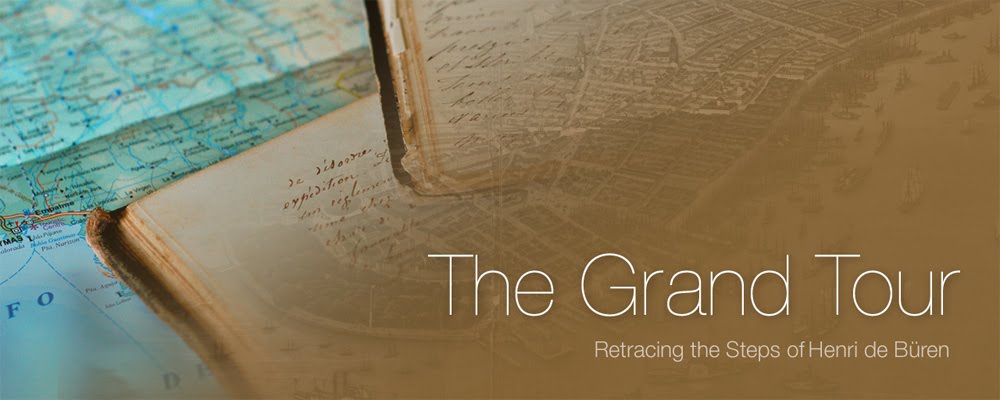
Alphonse Pyramus de Candolle
The son of Augustin Pyramus de Candolle, who, in 1842, succeeded his father as professor of natural history at the University of Geneva and completed his father's work by publishing 10 volumes of his Prodromus (one of them in collaboration with his own son). In his own Géographie botanique raisonnée (1855), La Phytographie (1880), and Origine des plantes cultivées (1833, published in English as Origin of Cultivated Plants in 1886), Candolle considered why particular species occur in some places but not others and contributed greatly to establishing the basis of modern biogeography.
His Father
Alphonse's father Augustin de Candolle was the first to put forward the idea of "Nature's war", writing of plants being "at war one with another" with the meaning of different species fighting each other for space. Charles Darwin studied Augustin de Candolle's "natural system" of classification in 1826 when at the University of Edinburgh, and in the inception of Darwin's theory in 1838 he considered "the warring of the species", adding that it was even more strongly conveyed by Thomas Malthus, producing the pressures that Darwin later called natural selection. In 1839 de Candolle visited Britain and Darwin gave him dinner, getting the opportunity to discuss the idea.

Edmond Boissier
Swiss botanist, explorer and mathematician. His interest in natural history stemmed from holidays in the company of his mother and his grandfather, Pierre Butini at Valeyres-sous-Rances. His hikes in the Jura and the Alps laid the foundation of his zest for later exploration and adventure. He attended a course at the Academy of Geneva given by Augustin Pyramus de Candolle. Boissier collected extensively in Europe, North Africa and western Asia, on occasion accompanied by his daughter, Caroline Barbey-Boissier (1847-1918) and her husband, William Barbey (1842-1914), who collected in their own right for their Herbier Barbey-Boissier in Geneva.
Asa Gray speaking of Boissier
"As a botanist he gave himself to systematic work only, for which he had a fine tact, and, like the school in which he was bred, perhaps a faculty of excessive discrimination. No man living knew the Europeo-Caucasian plants so well, or could describe them better; and his herbarium must be, with possibly one rival, the most extensive and valuable private collection in Europe. He loved living flowers as well, and rejoiced in his choice conservatory collections at Rivage, on the shores of the Leman, and in his well-stocked rock-works of alpine plants which adorn his grounds at Valeyres."

